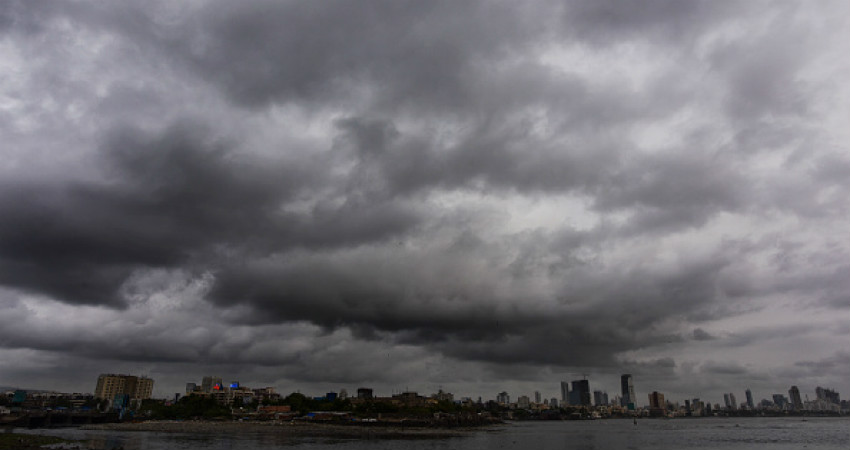
“There is sufficient cooling in the Pacific Ocean now and La Niña conditions are at the peak. The Sea Surface Temperatures (SSTs) are likely to rise soon and the probability of continued La Niña will fall. This will reduce to about 50% when the Monsoon arrives. This could be one of the ‘normal’ Monsoon years making a sound start and ending within the upper half of normal range, range of normal rainfall is 96-104% of LPA (880.6mm). Initial readings are indicative of some risk attached to few pockets.
Monsoon is the largest and most challenging seasonal weather phenomenon. There are precursors to get an early glimpse and gauge its health during the four-month-long season. Last year Monsoon was driven by La Niña which is peaking right now. It will decline during the ‘spring’ and turn neutral later through the Monsoon season. It also means that Monsoon 2021 is going to be a devolving La Niña to start with. This trend of Pacific Ocean temperatures may not lead to an above normal or excess rainfall, but chances of a disfigured Monsoon are also ruled out so far.
However, ENSO is wielding a spike which needs to be ascertained with the model forecast in February and March. This will get factored in our April forecast. IOD events are typically unable to form till April, but the early indications suggest it to be neutral at the commencement of Monsoon”. – Jatin Singh, Managing Director & Founder, Skymet Weather Services Private Limited.
Skymet has been predicting Monsoon since 2012 and is committed to release report on prospects of Monsoon 2021 soon. Due to strategic reasons and judicious deliberations, Skymet did not share its Monsoon report of 2020.
About Skymet Weather
Skymet Weather is India's largest weather monitoring and agri-risk solutions company. The only private weather forecasting agency in India, Skymet Weather, was established in 2003 and has been known for providing reliable and accessible weather forecasts since then. Skymet runs its own numeric weather prediction models and provides an array of weather-based services through data and information tools. It uses innovation to provide weather forecast to power companies, media conglomerates, farmer innovation services, agricultural input producers and logistics operators. It has pioneered uses for long-range Monsoon weather forecasts, satellite remote sensing technologies and unmanned aerial vehicles in India.




